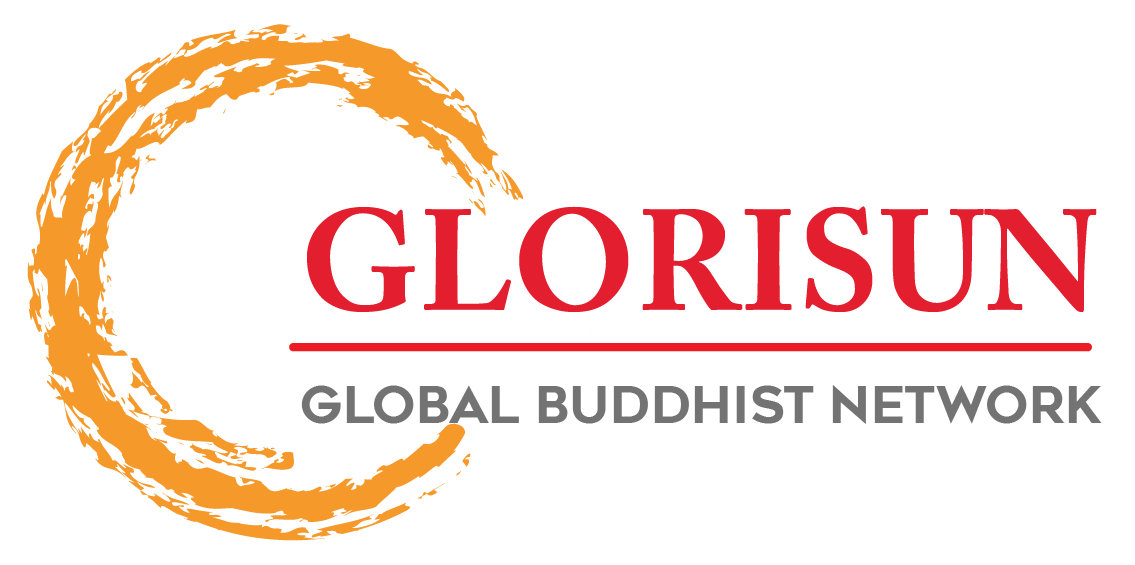Click here return to the Hualin main page.
Click here return to the Hualin E-Journal Vol 3.2 Table of Contents page.
Hualin International Journal of Buddhist Studies 3.2 (2020): 264–282; https://dx.doi.org/10.15239/hijbs.03.02.12
(This article belongs to the Special Issue Buddhism and Technology, and Epigraphy)
Welter, Albert. The Administration of Buddhism in China: A Study and Translation of Zanning and the Topical Compendium of the Buddhist Clergy (Da Song Seng shilüe 大宋僧史略). Amherst, NY: Cambria Press, 2018. Pp. xiv + 703. Hardcover, USD $154.99; E-Book $45.99, $61.99, or $76.99
Stuart H. YOUNG
Bucknell University
sy009@bucknell.edu
In the early years of the Song 宋 dynasty (960–1279), after decades of internecine warfare and political division, architects of the new imperial order sought reunification under a banner of civil and literary ‘culture’ (wen 文). The question of how precisely to define this culture—whether to emphasize or include classicist, ethical, or religious models—was hotly contested, and many Chinese cultural and literary traditions had gone missing over the previous decades of sociopolitical turmoil. Buddhism in particular was situated precariously, having just been brutally suppressed by the Later Zhou 後周 regime in 955—following similar persecutions under the Northern Wei 北魏 (in 446), Northern Zhou 北周 (574), and Tang 唐 dynasties (ca. 845)—and leaders of the Chinese saṅgha sought to secure pride of place for Buddhism in the newly emerging Song imperial culture. Perhaps the most prominent Buddhist representative of the time was Zanning 贊寧 (919–1001), who achieved the highest official rank of any contemporary Buddhist cleric and was reportedly appointed to the prestigious Hanlin Academy 翰林院, where he served among elite scholar-officials who authored dictates of state (13). These officials were also charged with reconstituting Chinese literary histories that had been scattered or lost, especially since the fall of the Tang (618–907), through imperially-sponsored compilation projects like the Taiping guangji 太平廣記 (Extensive Records of the Taiping [Era]; 1,000 juan 卷 [‘scrolls’], completed in 978) or Taiping yulan 太平御覽 (Imperial Readings of the Taiping [Era]; 1,000 juan, completed in 982). These projects were commissioned by the second Song emperor Taizong 太宗 (r. 976–998), who also assigned Zanning a similar task of compiling historical records concerning the establishment, practices, and governing codes of Buddhist institutions. The result was Zanning’s Da Song Seng shilüe 大宋僧史略 (Topical Compendium of the Buddhist Clergy or ‘A Short History of the Saṃgha compiled in the Great Song dynasty’ [sic, page 654]), a much shorter text of only three juan, which served as ‘a guide book or primer on all things Buddhist’ for use by the emperor and Song administrators in their efforts to design and implement institutional structures for Buddhist monasteries, monks, and nuns (2). It was a foregone conclusion by that time that Buddhist monastics would exist and serve at the pleasure of imperial authorities, despite debates in earlier dynasties about Buddhist institutional autonomy. Zanning thus took the opportunity in his Topical Compendium to argue for Buddhism’s ‘involvement in Chinese culture and society, especially the bureaucratic apparati of the Chinese government, based on acceptance of Buddhism as a Chinese domesticated tradition compatible with Chinese values’ (5).
…
About the Author: Stuart H. Young is Associate Professor of East Asian Religions at Bucknell University, where he currently holds a Chair in the Humanities from the National Endowment for the Humanities. He completed his Doctorate at Princeton University in 2008. His first book, Conceiving the Indian Buddhist Patriarchs in China (Kuroda Institute Studies in East Asian Buddhism, University of Hawai‘i Press, 2015), examines medieval Chinese representations of Indian Buddhist sainthood. He is currently engaged in a long-term research project on Buddhism in the silk cultures of medieval China.
This is an open access article distributed under the Creative Commons Attribution License which permits unrestricted use, distribution, and reproduction in any medium, provided the original work is properly cited.
